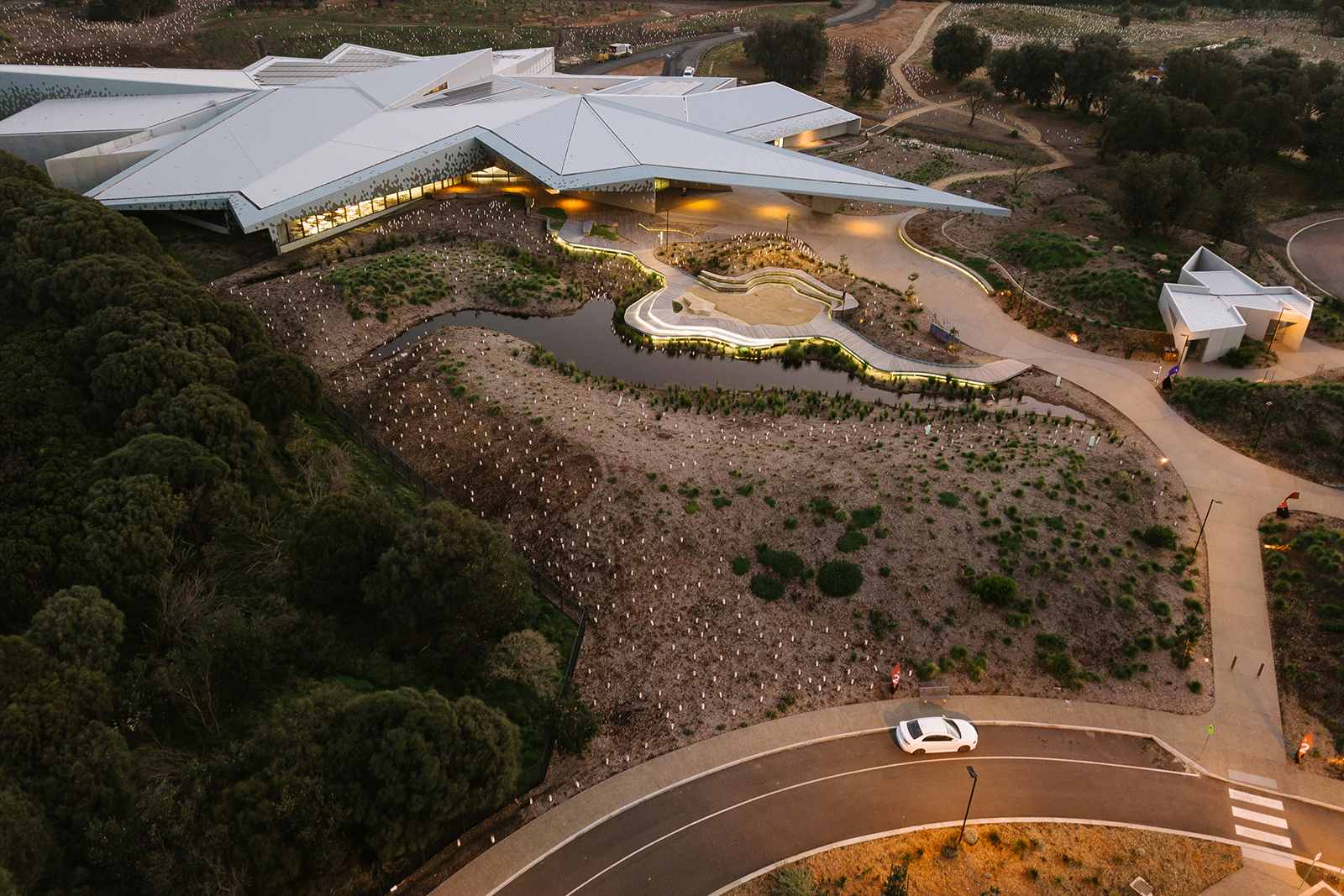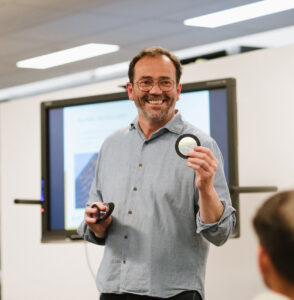
PEOPLE
WE-EF asked Jean-Paul Kirkland, Electrical Specialist Lighting Project Engineer at Stantec about the Penguin Parade project:
Q. What is your favourite part of the project – any elements that worked particularly well and why?
A. One of my favourite things is lighting which is designed to suit the wildlife by using the amber colour. The amber colour is not only for the penguins, but also for the shearwater birds that are sensitive to the blue light. There are known cases around Australia where the birds fly into the poles, bridges and buildings as they are attracted to light, so that was one of the most important things. Another favourite part is that we were able to keep the light poles fairly short, so you get to enjoy the beautiful structure of the award-winning building itself when you drive into the car park. It looks good and it’s a nice welcoming entering point.
Q. What were the biggest challenges?
Because the facility has a high volume of people passing through the car park and the building, we need to have our light levels to a reasonably high standard, and, at the same time, we also have to take care of the wildlife, which is why we chose amber LEDs. The light output of amber LEDs is much lower than that of 3000 K or a 4000 K LED chips, so that was a challenge we had to overcome. We used black poles for the black asphalt car park, which during the day makes the poles almost invisible, however, when you have amber on at night, due to the low colour rendering properties of amber the poles actually disappear. We therefore had to use bollard protection around some of the exposed poles for drivers to be able to see them. So that was an interesting challenge. The entry to the building also presented us with the challenge – trying to get high levels and at the same time create a welcoming atmosphere for people to enjoy casual dining in the café on a warmer night. We were able to achieve a pleasant ambience with the amber by installing a couple of extra poles close to the building for some general illumination and for safe movement of people. There is a canopy with the large outreach at the entry where we used amber downlights with a wide beam distribution to illuminate the entry. We also used the downlights at the educational area and the VIP entry point, which worked really well. The original luminaires had a narrow spot, so we were able to replace them with WE-EF’s DAC240s which made a huge difference.
Q. This is an unusual project where sensitivity of local wildlife was of primary concern, is there anything interesting you learned from it?
The biggest thing I’ve learned from this project is to consider what you are lighting when using amber. For example, if you are lighting white and yellow line marking, they both look the same, whereas the black finish on the poles actually make them disappear under amber at night – things like that are quite interesting and pose challenges, which we managed to overcome.
Q. Are you happy with the project result?
I am very happy with the job. I am very pleased with the overall lighting and take comfort from the fact that the engineering qualities of the WE-EF luminaires will mean a long lasting installation even in those challenging environmental conditions. The car park lighting works really well. Penguins are nesting very close to the car park fencing now, you can actually hear penguins walking through the bush and shrubbery and there have been no issues for shearwaters, so the lighting is doing what it’s meant to do. Phillip Island Nature Park are also very happy, especially the staff that look after the wildlife, so it is a great project result overall.
“Penguins are nesting very close to the car park fencing now... and there have been no issues for shearwaters, so the lighting is doing what it’s meant to do.”


